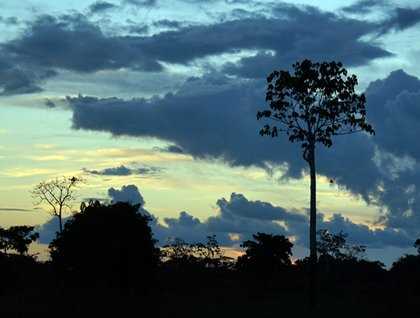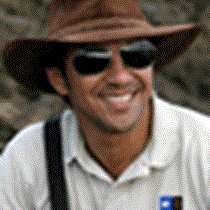We left the vicinities of the Marañon and the Amazon Rivers early last night, to immerse ourselves in the Ucayali region and its vast hydrographical ecosystem.
Technically, we are still navigating the Amazon—the length of the Amazon River is measured from its mouth at the Atlantic up to the point where its longest tributary, the Ucayali, meet its headwaters. We are currently about 1,675 miles south of that convergence, near the department of Arequipa. From our current location, the distance to the mouth of the Amazon in the Atlantic is approximately another 2,525 miles, which gives us a grand total of 4,200 miles in length, making the Amazon the longest river on the planet—even longer than the Nile by 100 miles!
It makes me feel pretty good that I just concluded a debate that has been carried out for decades, but my main objective today was not that, but to provide an amazing expedition day to our guests traveling on this region of the planet.
Our morning location today was “El Dorado” River, and its only mention evokes the myth of the greatness and vastness, of the long lost city in Peru that so many conquistadores spent their lives looking for. We were not looking for the city (I won’t solve that mystery today!), but what we found was equally rich “nature-wise” and we spent a whole morning exploring this long, healthy river surrounded by great wildlife.
As the morning progressed, it was time for breakfast. However, instead of returning to the ship our crew surprised us with a “picnic-style” breakfast on-board our skiffs. What a treat!
Our afternoon was another great exploration of a section of the Ucayali even further into the Pacaya-Samiria Reserve. This area is known as Rio Pacaya, and will be the furthest location the ship will navigate during this trip. Besides the bird wildlife, the area offers fantastic opportunities to encounter caimans, and we set off later in the afternoon looking for them. Once the light of the day faded away, the naturalists used powerful flashlights to find caimans hidden within the floating vegetation at the side of the river. To our surprise, we found of first caiman within minutes, then our second, and so on!
As you can guess, our evening was very successful and many caimans, both the spectacled and black varieties, were found close enough for observation and photography.
Individually, each of the above locations is great, but combining both in one day gave us an amazing day full of new experiences to remember for a long time!







